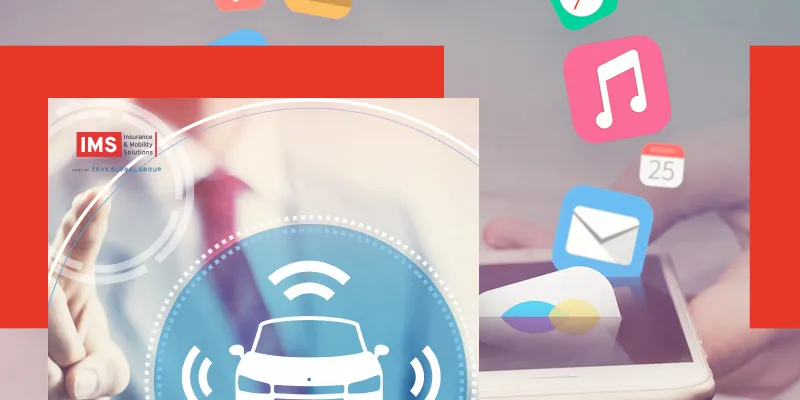The Connected Car Market is Set for Exponential Growth
The connected car is a vehicle or electric vehicle designed to be connected to the internet which in turn enables the connection to other connected devices, including smartphones and even home appliances. Over the next few years, the connected car and data services is predicted to disrupt the automotive industry with the connected car market size expected to reach $56.3 billion by 2026 according to MarketsandMarkets analysis. The demand for low insurance cost and implementation of Usage-Based Insurance (UBI) has been one of the main factors for driving the market, today there are a variety of different business models that are emerging across the new connected vehicle technology sector.
Connected car “players” will need to build strategies based on their own competitive strengths, and will likely fit into one (or more) of the following models:
- Digital Service Provider: These companies will provide digital services through connected car technology, services that range from entertainment, information services (such as news and weather) and health services. This will be an area where various competitors will try and enter, the successful companies will be thought leaders that can anticipate the needs of the mobile customer and offer the most user-friendly experience.
- Data Collector: Some companies will choose to position themselves as collectors and distributors of data from connected cars, and this data will be used to measure driver behavior as well as vehicle performance. These companies will be particularly attractive to insurance companies that are looking for a lot of data for program offerings.
- Digital Enabler: Some competitors looking to be in the connected car space will excel by concentrating on one particular high-value digital aspect of the connected car. By being an expert on one component, they can be the dominant supplier to all OEMs. Control of the specific technology through patents is really important to being successful.
- Digital Augmented Product Provider: OEMs will benefit from their automotive expertise and knowledge of their customer base to optimize the performance of their vehicles. OEM’s can use their position to offer a wide range of digital services, such as predictive maintenance or fleet management. This is possible as they have exclusive control of the vehicle sensor data.
All the value models mentioned will require auto manufacturers to become service providers. It will no longer be enough to produce and distribute the hardware. They must look at the technology, and see where they can meet their customers’ needs for digital services as well. Over the coming years, we will see a new automotive ecosystem that will include a focus on digital services, over strictly hardware, and with that, we will see openings for new players in a more cross-branded space.

White Paper
Capitalizing on the Internet of Things (IoT)
IoT offers insurers a means to expand their book of business and OEMs a way to reshape personal travel.

